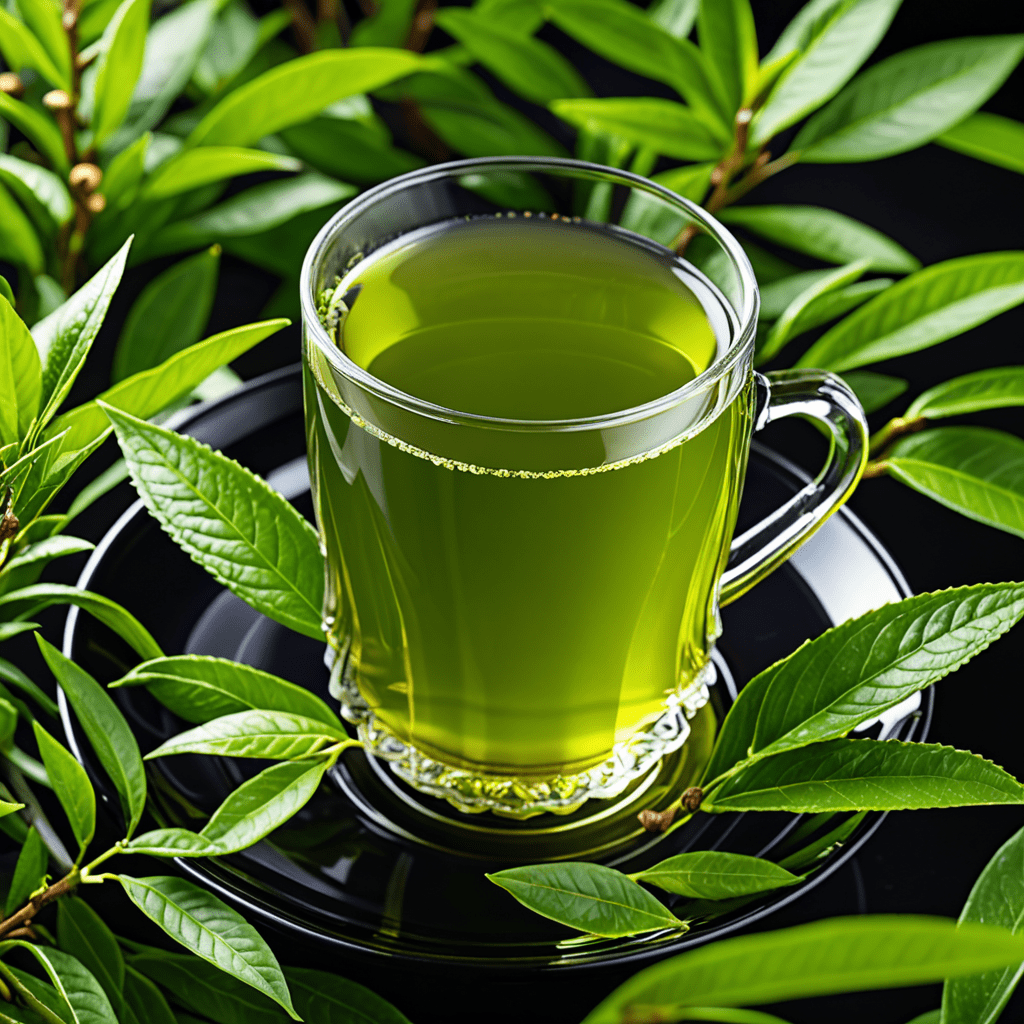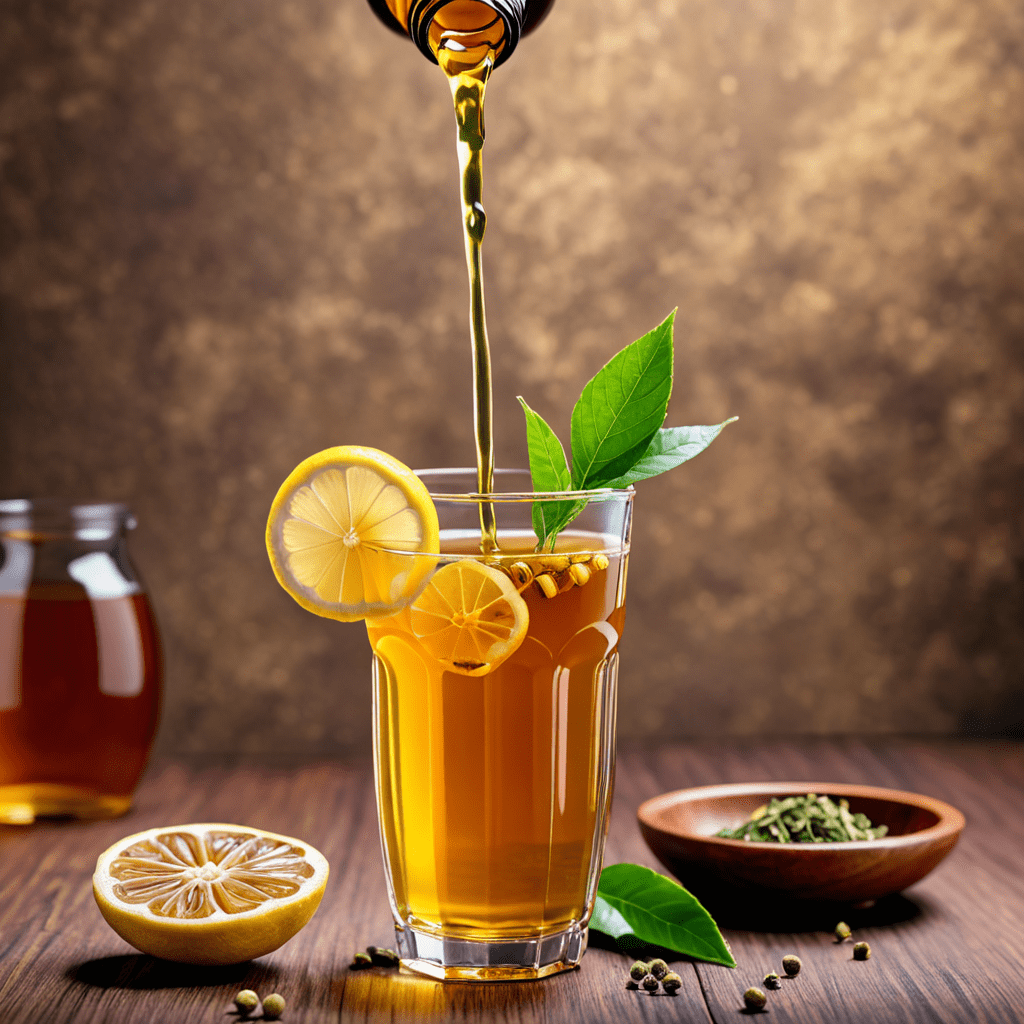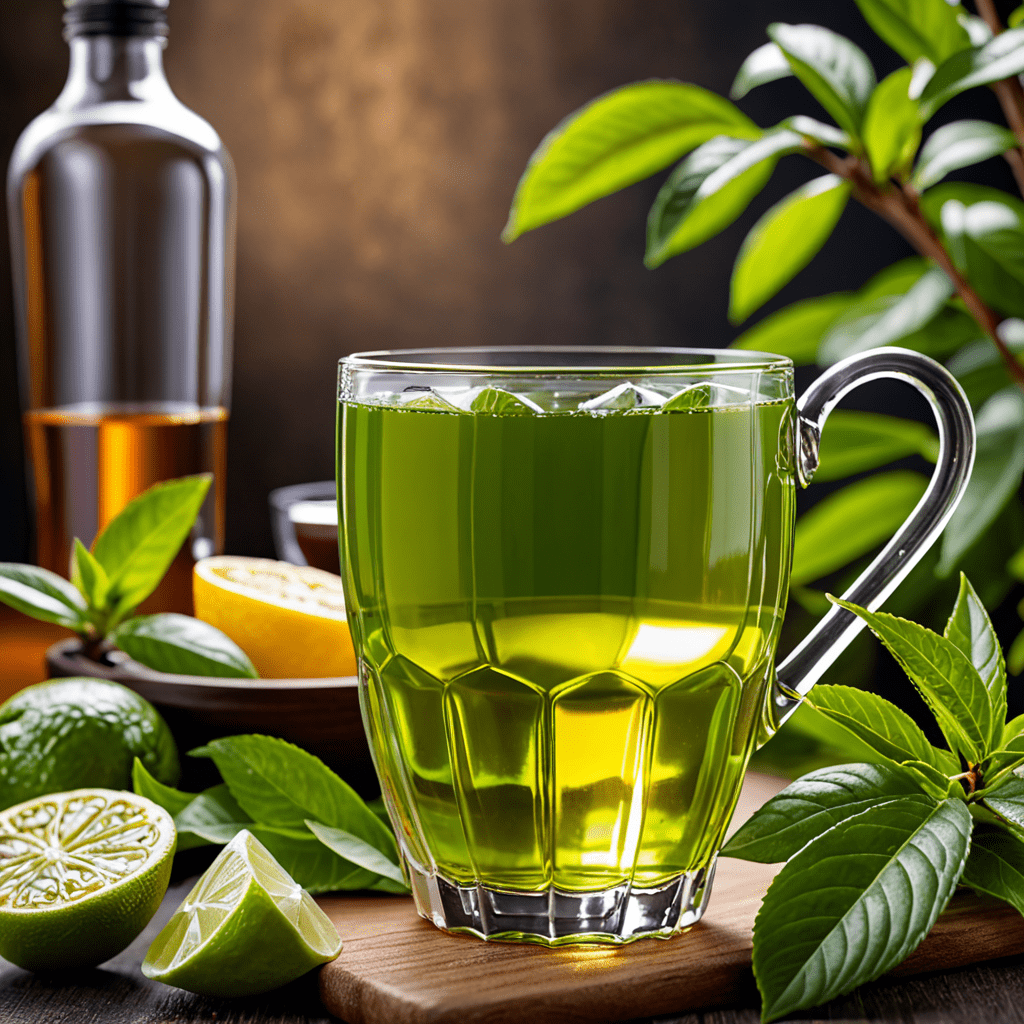
Chai Tea: A Spicy Twist on Tradition
Origins and History of Chai Tea
Chai tea, a beloved beverage around the world, owes its origins to the Indian subcontinent. Its name derives from the Hindi word "chai," meaning "tea." The history of chai tea can be traced back centuries, with its roots in traditional Ayurvedic medicine. It is believed that early Ayurvedic practitioners concocted a blend of spices and herbs as a therapeutic tonic. Over time, this concoction evolved into what we now know as chai tea.
Ingredients and Spices of Chai Tea
The defining characteristic of chai tea is its aromatic blend of spices. Traditional chai masala, a mixture of spices used to prepare the tea, consists of black tea leaves, cardamom, cinnamon, ginger, cloves, peppercorns, and star anise. These spices impart a symphony of flavors, ranging from sweet and earthy to pungent and invigorating. The exact combination of spices can vary regionally, giving rise to diverse variations of chai tea across India and beyond.
Variations and Customizations
Chai tea is a highly adaptable beverage that lends itself to endless variations. In some regions, tea leaves are omitted entirely, resulting in a "chai latte." Milk, sugar, or honey are often added to balance the spices and create a creamy, comforting drink. Other popular additions include vanilla extract, saffron strands, and even chocolate. The versatility of chai tea allows for personal preferences and culinary creativity.
Health Benefits of Chai Tea
Chai tea has been revered for centuries for its potential health benefits. The spices used in its preparation are known for their medicinal properties. Ginger, for instance, aids digestion and reduces nausea. Cardamom supports heart health and acts as an antioxidant. Cinnamon has anti-inflammatory and antimicrobial effects. Black tea, the base of chai, contains beneficial compounds such as polyphenols, which have antioxidant and anti-inflammatory properties.
Brewing Methods for Chai Tea
Brewing chai tea is a straightforward process that can be tailored to individual preferences. The traditional method involves simmering a blend of chai masala and black tea leaves in milk and water for 10-15 minutes. Alternatively, a concentrated chai syrup can be prepared ahead of time and diluted with hot milk or water. Loose-leaf tea or tea bags can be used, and the brewing time can be adjusted to achieve the desired strength.
Serving and Accompaniments
Chai tea is typically served piping hot in small cups. It pairs exceptionally well with sweet treats such as cookies, pastries, or traditional Indian snacks like samosas or pakoras. The warm, spicy flavor of chai complements the sweetness of these accompaniments, creating a delightful culinary experience.
Chai Tea Culture and Rituals
Chai tea holds a deep cultural significance in many parts of the world. In India, it is often served as a welcome gesture or as a way to bond with family and friends. Chai stalls or "tapris" are ubiquitous in India, providing a social hub for people to gather, chat, and enjoy a cup of chai.
Chai Tea as an Ingredient in Cocktails and Desserts
The versatility of chai tea extends beyond traditional brewing. Its unique flavor profile makes it a popular ingredient in cocktails and desserts. Chai-infused martinis, margaritas, and even coffee drinks offer a unique twist on classic concoctions. Chai tea also adds a warm, aromatic touch to cakes, pies, and other sweet treats.
Chai Tea and Sustainability
In recent years, there has been a growing focus on sustainability in the tea industry. Chai tea can play a role in this movement. Many tea producers are adopting organic farming practices and ethical sourcing to minimize their environmental impact. Consumers can support sustainable chai tea by choosing products that are certified organic or Fair Trade.
Chai Tea in Modern Trends and Influences
Chai tea continues to evolve and inspire in the modern culinary landscape. Tea-infused cuisine is gaining popularity, with chefs incorporating chai tea into dishes like curries, stews, and even pizzas. The rise of specialty coffee shops has also led to a surge in chai tea lattes and other variations. As consumers seek new and exciting flavors, chai tea remains a source of inspiration and innovation.
FAQs
What is the difference between chai tea and regular tea?
Chai tea is a blend of black tea and spices, while regular tea typically refers to unflavored black tea.
How do I make chai tea at home?
To make chai tea at home, simmer a blend of black tea leaves and chai masala in milk and water for 10-15 minutes. You can also use a concentrated chai syrup diluted with hot milk or water.
What are the health benefits of chai tea?
Chai tea is believed to have several health benefits, including aiding digestion, supporting heart health, and reducing inflammation.
Can I add sugar or honey to chai tea?
Yes, you can add sugar or honey to chai tea to balance the spices and create a sweeter flavor.
What are some popular chai tea variations?
Popular chai tea variations include chai lattes, chai tea with vanilla extract, and chai tea with chocolate.


